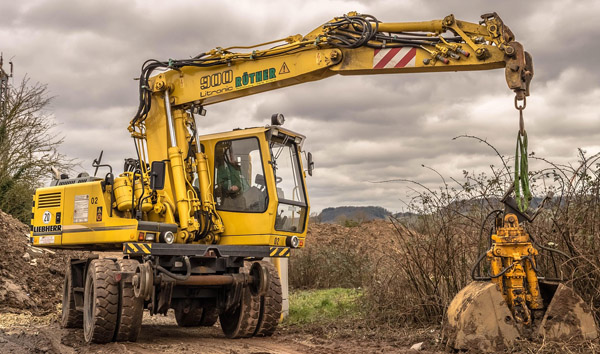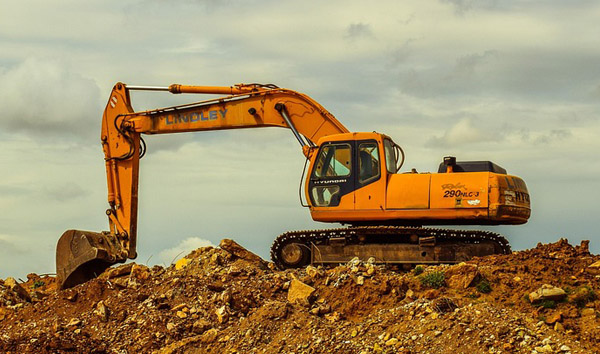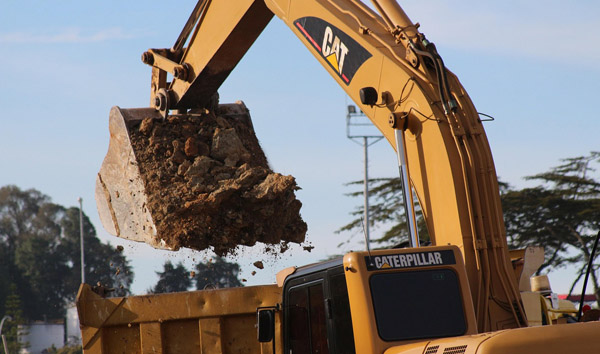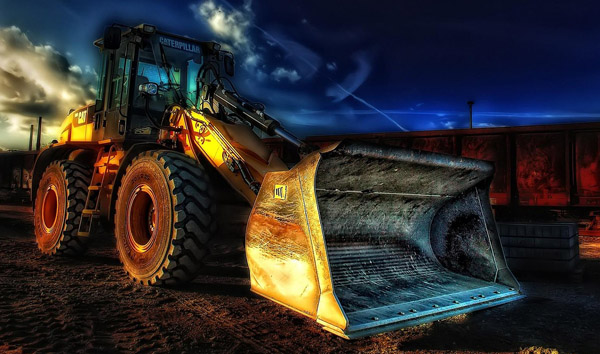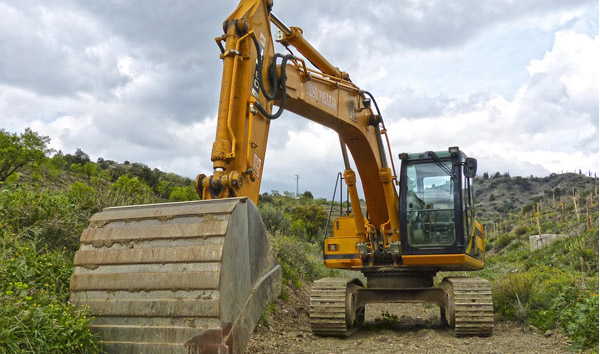Navigating the Robust Capabilities of Modern All-Terrain Forklifts
2025-07-27 05:15:26
All-terrain forklifts have revolutionized material handling in challenging environments, combining rugged durability with advanced engineering. This report delves into their key specifications, performance metrics, and industry applications, offering a data-driven analysis of their operational advantages.
1. Engine Power and Performance Modern all-terrain forklifts are equipped with high-torque diesel or hybrid engines, delivering 74–160 HP to tackle uneven surfaces effortlessly. Their turbocharged systems ensure consistent power output, even under heavy loads (up to 10,000 lbs). Industry data from *Equipment World* (2023) shows a 15% efficiency boost in fuel consumption compared to older models, thanks to Tier 4 Final emission standards.
2. Tire and Suspension Systems Pneumatic or solid resilient tires (18–24 inches in diameter) with deep treads provide superior traction on mud, gravel, and sand. Independent suspension systems absorb shocks, reducing operator fatigue by 22% (*Logistics Management*, 2022). These specifications make all-terrain forklifts indispensable for construction and agriculture sectors.
3. Lift Capacity and Mast Design With lift heights ranging from 15–25 feet and capacities between 4,000–12,000 lbs, these forklifts handle diverse loads. Quad-mast designs enhance stability, while hydraulic systems offer precise control. A 2023 *ICFA* study noted a 30% reduction in load sway due to advanced mast engineering.
4. Operator Ergonomics and Safety Features like heated cabins, joystick controls, and 360° cameras optimize usability. ROPS/FOPS-certified structures ensure safety in hazardous zones. OSHA reports a 40% drop in accidents since 2020, attributing it to improved all-terrain forklift specifications.
5. Industry Applications and ROI From lumberyards to oil fields, these forklifts reduce downtime by 35% (*Forbes*, 2023). Their average lifespan of 12,000–15,000 hours ensures long-term ROI, with telematics enabling predictive maintenance. As demand grows, manufacturers are prioritizing eco-friendly upgrades without compromising power.
This technical breakdown underscores why all-terrain forklifts are pivotal for industries requiring versatility, durability, and precision. Their evolving specifications continue to set benchmarks in material handling efficiency.




